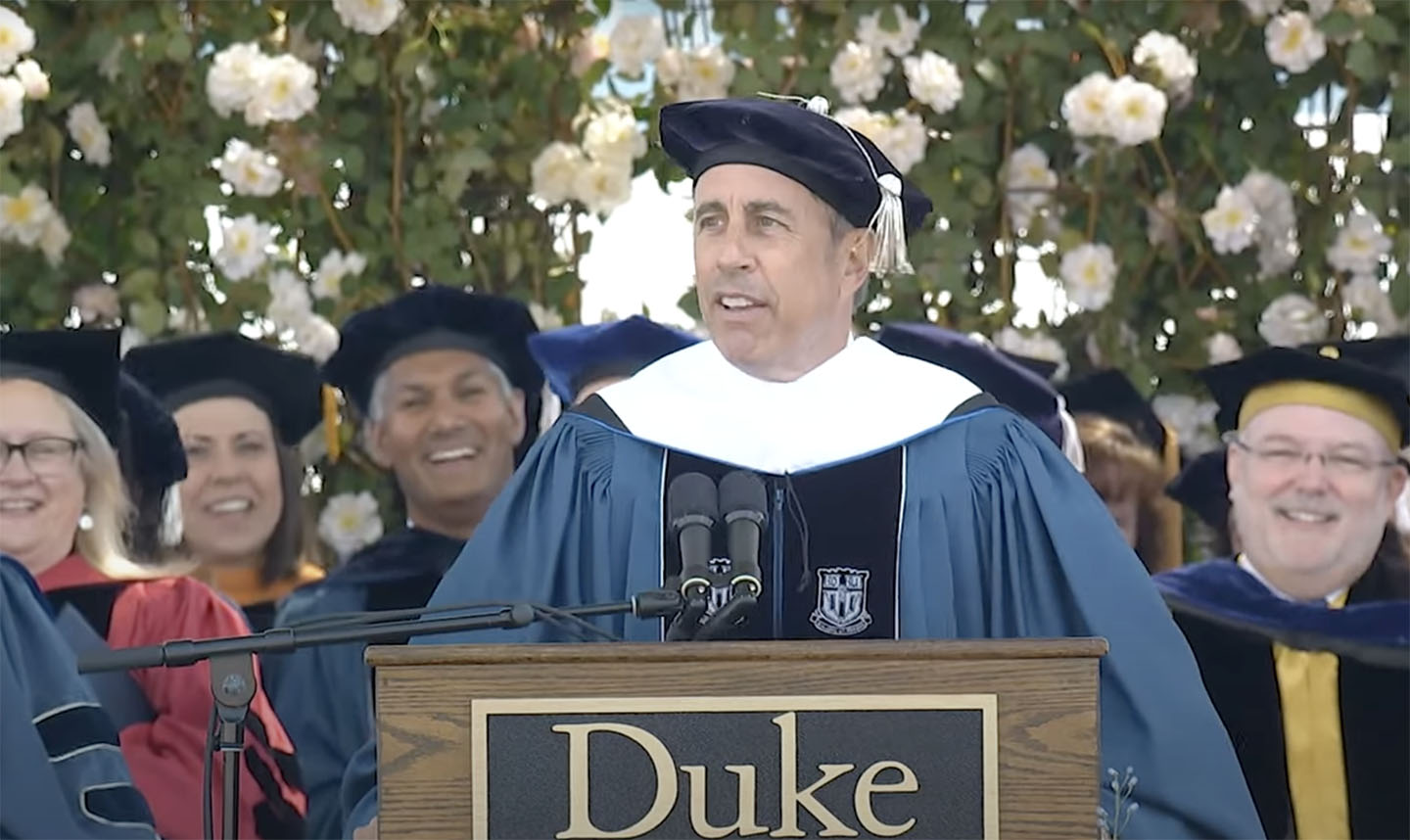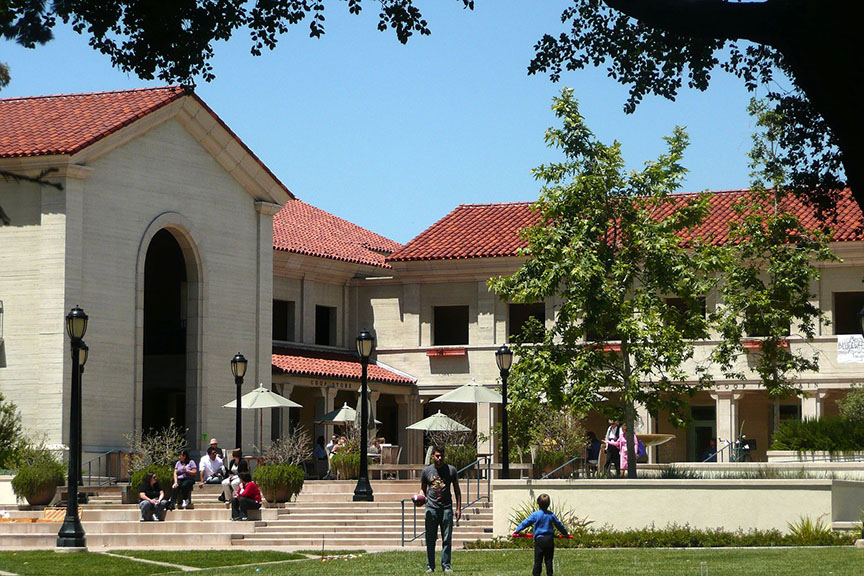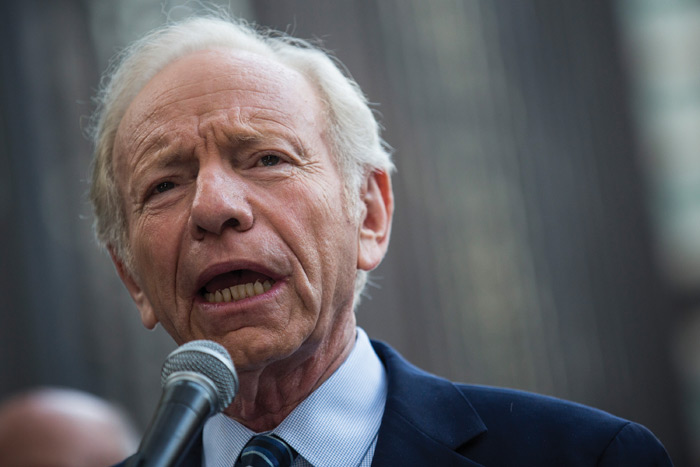UPDATE: The ProPublica reporters behind this story have answered some of my questions as well as those from other readers. Read their full update here.
As a journalist working at a nonprofit news organization, I have a good deal of appreciation for what the reporters at ProPublica are trying to do—namely, cover stories nobody in the mostly corporate-owned media is willing or able to tackle. And the independent, nonprofit newsroom’s recently published article, “How Democrats Fooled California’s Redistricting Commission,” has set the political chattering classes in Sacramento and elsewhere in the Golden State into about as much of a tizzy as can be mustered in late December.
At the heart of Olga Pierce and Jeff Larson’s story is a simple assertion: that individuals at the heart of the California Democratic party launched a coordinated effort in 2011 to deceptively steer the brand-new California Citizens Redistricting Commission into drawing districts that would protect the reelection chances of Democratic incumbents.
There are a number of problems that critics of Pierce and Larson’s story have pointed to, but one in particular is salient for readers of this blog: Their story does not mention the Democratic incumbents who, as a result of the lines drawn by the commission, are facing off against one another.
That’s right: ProPublica succeeded in writing a story about this year’s California redistricting process that doesn’t rehash the (already quite hashed) tale of Reps. Howard Berman and Brad Sherman, the two Jewish Democratic incumbents in the San Fernando Valley who are both running for reelection in California’s new 30th district.
And by ignoring this part of the story, Pierce and Larson appear to have overstated their thesis about the Democratic influence over redistricting in the state as a whole.
Their article is worth reading in full, because much of what they write is absolutely spot on. Democrats did fight against the propositions that created and empowered the Citizens Redistricting Commission. From the emails the ProPublica reporters dug up, it appears that some in the party did try to influence the commission, in part by identifying—or concocting, Pierce and Larson argue—“communities of interest” whose interests would align with those of a few Democratic incumbents.
But if influential figures in the Democratic party were, as the reporters contend, coordinating a centralized effort to fool the redistricting commission into helping their incumbents win reelection, would they really have allowed the Sherman v. Berman grudge match to materialize? Most of the Democratic House delegation has endorsed Berman in the race for the 30th district, and Rep. Henry Waxman in particular has been quite vocal in his support of his longtime ally. Would the Democratic party have coordinated an effort to “fool” the Citizens Redistricting Commission and not been pushed by these strong voices within its ranks to work to avoid the costly internal battle of the West San Fernando Valley, one that everybody knew was coming?
Perhaps they did. It’s entirely plausible no map or series of testimonies to the commission—however mustered or concocted—would have resulted in the creation of safe districts for both Berman and Sherman. It’s even plausible that those involved in the Democratic establishment saw that two safe seats for Democrats would be created in the San Fernando Valley and simply decided to let the incumbents decide their own fates.
But by not even mentioning the Berman v. Sherman race, Pierce and Larson have opened themselves up to accusations of confirmation bias. And that’s something of a shame. By leaving out evidence that doesn’t support their thesis, the reporters have tarnished what is otherwise an important piece of journalism. They dug where few others were actively digging, and found some evidence that politicians—of at least one party—were trying to keep control over a redistricting process that voters had worked to wrest away from them by two ballot measures in the past five years.
Politicians want to ensure their reelection chances, and they’ll even go so far as to employ consultants bearing well-drawn maps to help make it possible. Should that come as a surprise?
“That’s what happens in a democratic process,” redistricting consultant Paul Mitchell told the L.A. Times’ James Rainey last night on KCRW’s “Which Way L.A.” Mitchell, a Democrat, worked to sway the commission on behalf of clients, and was a particular focus of the ProPublica piece.
“It is ludicrous that any one party or interest would run the tables as people are reading the ProPublica article to say,” Mitchell wrote in his email newsletter on Dec. 22, “but it is equally ludicrous to believe that incumbents were not looking at maps, discussing testimony, and tracking the process.”
So, Pierce and Larson may or may not have gotten the story about what happened in 2011 right. But they have assembled a partial description of the playbook that both parties are sure to follow when the redistricting commission convenes again to redraw California’s political boundaries, in 2021.






















 More news and opinions than at a Shabbat dinner, right in your inbox.
More news and opinions than at a Shabbat dinner, right in your inbox.